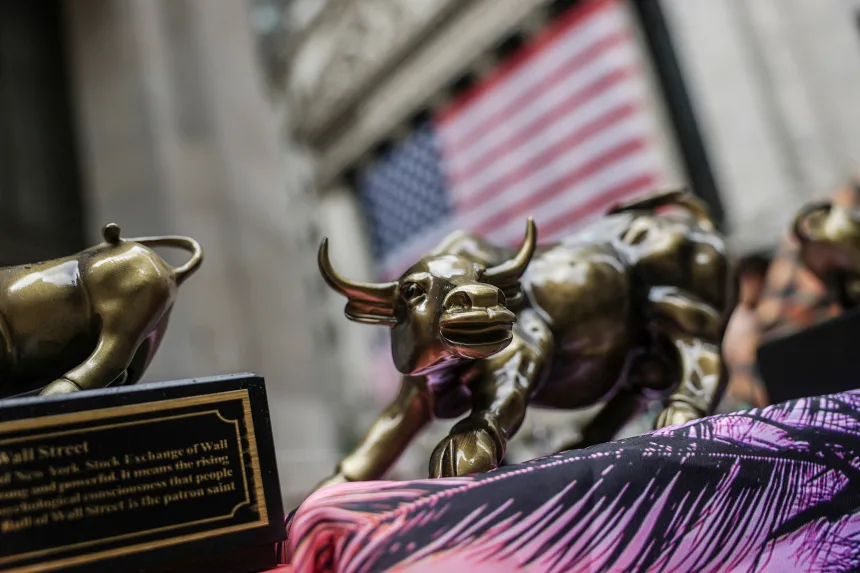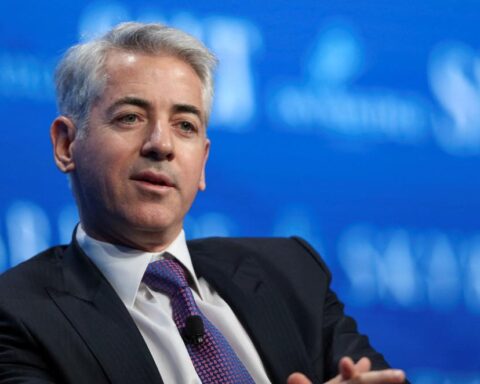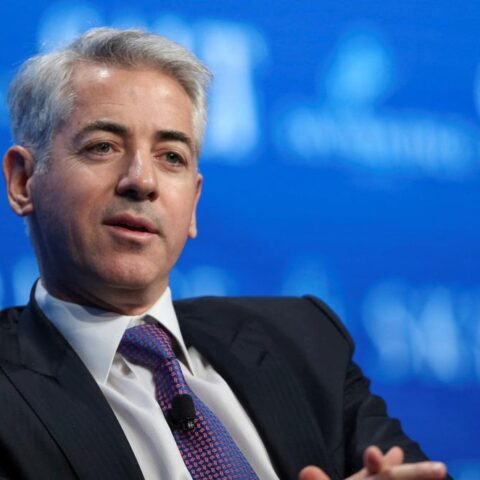Trump’s pro-crypto policies, Wall Street adoption, and major institutional moves push Bitcoin to historic highs
Cryptocurrency is in the midst of a historic surge, with Bitcoin breaking records, Wall Street reversing course on digital assets, and Washington spearheading regulatory changes that are transforming the industry from fringe speculation to mainstream finance.
Bitcoin hits new heights
Bitcoin — the world’s largest cryptocurrency by market value — soared to an unprecedented $124,000 last week after President Donald Trump signed an executive order allowing digital assets, including crypto, to be included in 401(k) retirement plans. The policy move has fueled investor enthusiasm, making cryptocurrency more integrated with traditional finance than ever before.
“Markets have been very much willing to embrace speculation of any kind,” said Steve Sosnick, chief strategist at Interactive Brokers. “The (Trump) administration proclaimed that it would be crypto-friendly.”
Stocks soar with crypto momentum
Crypto-related companies have rallied sharply in 2025, outpacing broader markets:
- Robinhood (HOOD): +200%
- Coinbase (COIN): +28%
- MicroStrategy (MSTR): +26%
- BitMine Immersion Technologies (BMNR): +625%
By comparison, the S&P 500 is up 10% this year, while the Nasdaq 100 has gained 13%.
Institutional adoption accelerates
Institutional adoption has played a critical role in powering this summer’s rally. Google struck a multibillion-dollar deal with bitcoin miner TeraWulf, boosting investor confidence. Meanwhile, BlackRock’s bitcoin ETF, launched in January 2024 after SEC approval, has surged 137% and quickly became the go-to vehicle for investors seeking exposure to bitcoin without directly buying the cryptocurrency.
“The growing acceptance and awareness of crypto in retirement plans has really powered flows into bitcoin this year,” said Michael Green, chief strategist at Simplify Asset Management.
Regulatory tailwinds in Washington
Trump’s GENIUS Act, signed into law on July 18, introduced a regulatory framework for stablecoins, a class of cryptocurrencies pegged to assets like the US dollar. Stablecoins are increasingly being considered for use in payments and financial services.

JPMorgan Chase CEO Jamie Dimon, previously a vocal critic of crypto, acknowledged during the bank’s July earnings call that the company is “going to be involved in stablecoins to understand it and be good at it.” Shortly after, JPMorgan announced a partnership with Coinbase, allowing Chase customers to fund crypto purchases with their credit cards starting this fall.
Treasury Secretary Scott Bessent reinforced the administration’s commitment, posting that the U.S. aims “to execute on the President’s promise to make the United States the ‘Bitcoin superpower of the world.’”
Consumer risks and skepticism
Despite the euphoria, critics warn of potential risks. Amanda Fischer, policy director at advocacy group Better Markets, cautioned that the GENIUS Act may import risks from the crypto sector into the broader financial system.
“I do not think that this bill should be viewed as regulating stablecoins, so much as it is the government endorsing stablecoins and importing crypto risks into the regular financial system,” Fischer said.
Fidelity Digital Assets’ vice president of research Chris Kuiper echoed the need for investor education, urging caution: “It’s important for investors to seek as much education as possible on new technologies and assets like bitcoin to better grasp all of the opportunities and risks involved.”
The road ahead
With record-breaking rallies, institutional backing, and policy support from Washington, cryptocurrency has firmly cemented itself in the financial mainstream. Yet with volatility and regulatory uncertainty still looming, the crypto boom of 2025 may prove either the start of a new financial era — or another speculative bubble.

















